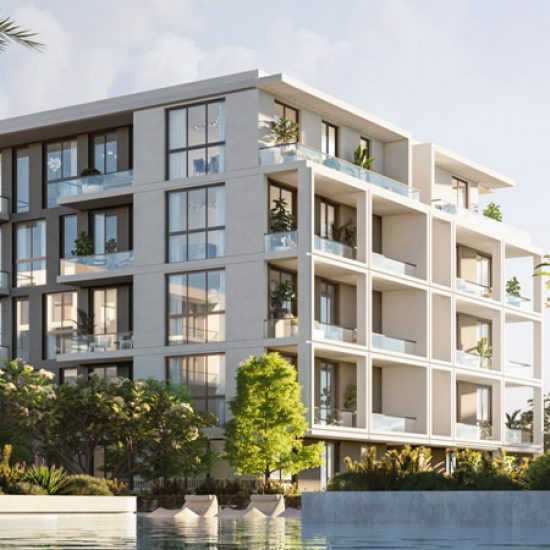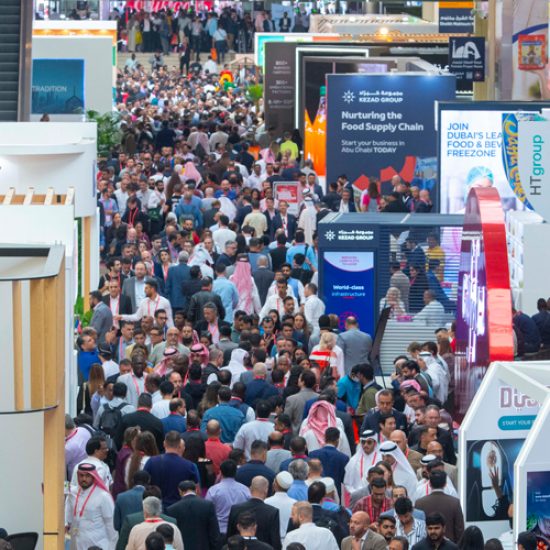| LA MATANZA, Argentina
LA MATANZA, Argentina Billboards in Buenos Aires province’s working-class La Matanza district trumpet a soon-to-be completed bus lane alongside the face of the district’s mayor, an ally of former populist President Cristina Fernandez.
Although it was originally conceived when Fernandez was president, the 2 billion-peso ($129.24 million) “Metrobus” lane is being paid for by centre-right President Mauricio Macri’s government and a loan from the World Bank, as part of an infrastructure push ahead of October’s legislative election.
To take back credit, Transportation Minister Guillermo Dietrich travelled on Wednesday to the traditional leftist stronghold to observe final tests before the 16-kilometer (10-mile) lane is finished early next month and highlight the “night and day” difference the project would make for 240,000 commuters.
“There are many structural and infrastructure problems in the [Buenos Aires] outskirts after many years without investment,” Dietrich said. “It’s true that this project already existed but they’d promised it would be finished in 2015 and when we took office they hadn’t even started.”
The heightened attention on the bus lane showcases the importance of Argentina’s largest province in the upcoming vote. Traditionally an opposition Peronist stronghold, Macri’s “Let’s Change” coalition eked out a victory in Buenos Aires province in 2015 elections, and a strong showing in October could convince skittish investors that market-friendly reforms will last.
Of the 284 projects the public works division of the Interior Ministry expects to inaugurate in 2017, 126 are in either Buenos Aires province or the capital city, of the same name.
Argentines are beginning to take note. Half said they encountered a new public works project in their daily routine in March, up from 39 percent in October, according to consultancy Isonomia.
The infrastructure push is expected to create jobs and have knock-on economic benefits, but sceptical voters said they were not yet feeling improvements. After exiting recession in the second half of 2016, monthly economic data shows Argentina’s economy contracted in January and February. Inflation is seen above 20 percent in 2017.
“I don’t trust the current government. Before, we could afford a barbecue on the weekends. Now, fruit, vegetables, meat, shoes – everything you want, even rent, is in the clouds,” said Danny Castillo, a musician waiting for the bus, who nonetheless said he was hopeful the new lane would cut commute times.
RACE AGAINST THE CLOCK
After decades of under-investment in infrastructure in what was once one of the world’s richest countries, Macri has made public works spending the exception in an otherwise austerity-minded budget aimed at reducing the fiscal deficit.
Fernandez also increased spending in election years but critics say too much went towards public employment and subsidies for home utilities and transportation.
Real direct investment ranged from 2.8 percent to 3.4 percent of Gross Domestic product (GDP) during her term, according to Fundacion Mediterranea, a think tank. After falling to 2.4 percent of GDP in 2016, real direct investment is expected to rise to 3.4 percent in 2017, the highest since 2009.
Capital spending will rise to 2.2 percent of GDP this year, up from 1.5 percent in 2016, as part of “the most ambitious public investment programme” since 1958, Treasury Minister Nicolas Dujovne said in a Saturday interview.
Subsidy cuts and loans from multilateral lenders like the World Bank will help finance projects, and the government hopes public-private partnerships will pick up. Argentina returned to global capital markets under Macri after more than a decade as a financial pariah.
Infrastructure spending has accelerated in recent months, with real direct investment rising to 27.3 billion pesos ($1.76 billion) from December to February, up 36 percent from the previous three-month period, Treasury Ministry data show.
“Things are on the ascent but we have to see if that sustains itself,” Walter Agosto, researcher at Buenos Aires think tank CIPPEC, said of the boost in infrastructure spending. “What remains to be seen is if there’s enough capacity to advance or if delays and technical difficulties win out.”
(Additional reporting by Alexandra Alper in Washington; Editing by Bill Trott)




